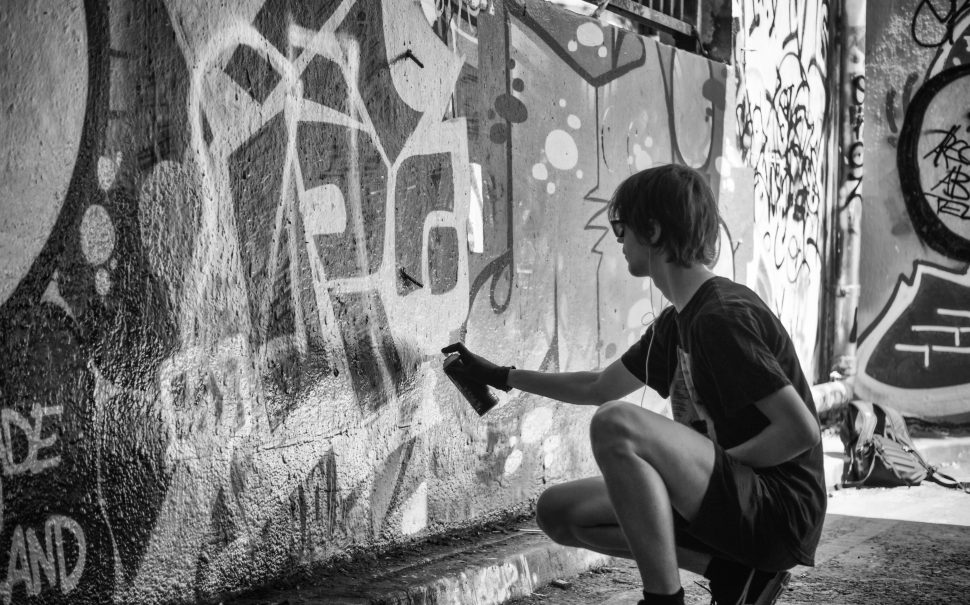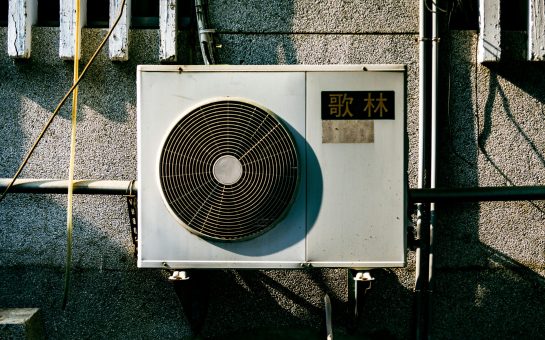Art is a great method of personal expression, but its role in mental fitness is also being advanced.
Studies have shown that engaging in creative activities can drastically improve the public’s emotional health.
By incorporating practices like drawing, painting, and sculpting, people have discovered new techniques.
The therapeutic strength of artwork is not only an innovative outlet but also a pathway to mental healing.
For the ones interested in exploring these benefits, Deuspower Shop gives several sources to support your innovative journey.
The Therapeutic Power of Art
Many people find it easier to express their feelings through artwork than phrases.
This expressive freedom can give them emotional relief.
Art therapy is particularly powerful in supporting people to handle trauma.
It can lessen stress and control depression.
This innovative technique itself gives a sense of control and fulfillment.
It may be exceptionally empowering for those suffering from intellectual fitness problems.
Recent Studies and Findings
Several recent studies reveal the fine outcomes of art on mental health.
A 2022 study in the Journal of Applied Arts & Health found people who participated in artwork therapy classes had 30% reduced anxiety levels.
Another research from Psychology of Aesthetics, Creativity, and the Arts observed.
It stated that artwork therapy contributed to a 25% improvement in relaxation.
The American Art Therapy Association states that artwork therapy can have cognitive and sensorimotor capabilities.
It fosters self-love and improves emotional flexibility.
Art Therapy Techniques
Various techniques fall under artwork therapy.
These are drawing, portraying, sculpting, and digital art.
- Drawing and Painting: These can help people see their emotions, providing insight into their mental state. Drawing or painting can also be meditative, providing relaxation and mindfulness.
- Sculpting: Working with clay or other materials can help people sense extra related to the physical world. The tactile nature of sculpting can calm those who struggle with verbal expression.
- Digital Art: This art therapy can encourage creativity and innovation. Digital artwork permits experimentation and exploration without the concern of creating irreversible mistakes.
Art and Cognitive Behavioral Therapy (CBT)
Combining artwork therapy with Cognitive Behavioral Therapy (CBT) can yield effective outcomes.
While CBT addresses styles and behaviors, art explores emotions.
This mixture can provide a complete approach to mental health treatment.
For example, in CBT sessions, people can use artwork to identify and express feelings that are hard to articulate verbally.
This dual technique can enhance self-cognizance and facilitate deeper expertise and restoration.
How to practically implement art therapy?
Those who are interested in incorporating art therapy for their mental health regain.
These steps can be taken:
- Seek Professional Guidance: Working with a licensed art therapist can offer structure and knowledge. Art therapists are educated to manual people through the innovative system. They assist them to derive therapeutic advantages from their creative expressions.
- Create a Dedicated Space: A specific place for inventive activities can inspire ordinary exercise. This area must be comfortable and loose from distractions, allowing people to focus on their innovative work.
- Set Goals: Establish clear dreams for what you wish to attain through artwork. It can provide route and motivation. These goals may be as easy as finishing a positive quantity of artwork.
- Be Open-Minded: It’s essential to let cross of self-judgment and allow yourself to experiment and discover freely.
Emerging technologies like digital truth (VR) are included in artwork therapy.
These provide new avenues for exploration and restoration.
VR can create immersive environments that help individuals confront and system their feelings in a managed way.
Conclusion
Art is crucial in mental health, supplying a unique combination of emotional expression and therapeutic benefits.
By exploring artwork techniques, people can locate new pathways to restoration and self-discovery.
As we explore its potential, art will continue to be a cornerstone in the journey toward mental well-being.
Integrating artwork into mental health practices can offer more holistic and powerful technical options for those.





